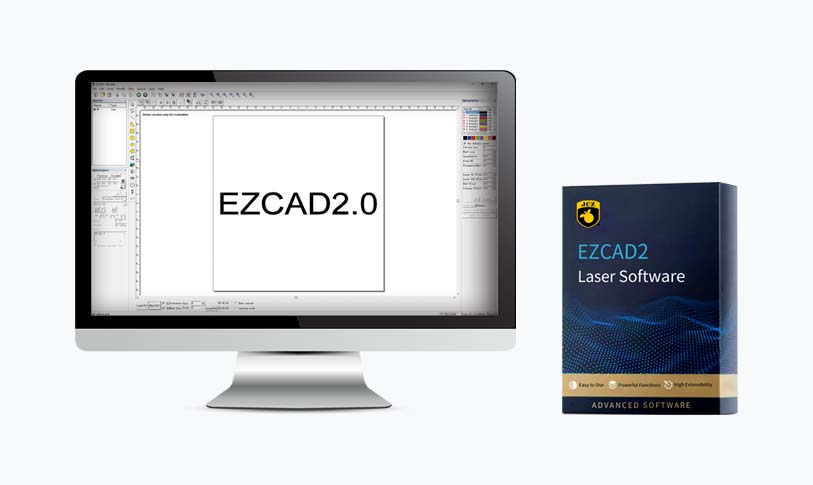
Exploring the Revolutionary Applications of UV Femtosecond Lasers in Advanced Manufacturing and Medical Technologies
Ultraviolet (UV) femtosecond lasers represent a significant advancement in laser technology, offering unparalleled precision and versatility across multiple fields, including manufacturing, medical applications, and scientific research. Utilizing extremely short laser pulses—generally in the order of femtoseconds (10^-15 seconds)—these lasers have the ability to produce high-energy bursts of UV light with minimal heat-affected zones. This feature minimizes thermal damage, making UV femtosecond lasers particularly valuable in operations requiring accuracy and delicate handling.
In manufacturing, UV femtosecond lasers are becoming essential tools for micromachining and micro-manufacturing processes. Traditionally, when dealing with materials such as glass, ceramics, or polymers, high-precision machining has faced challenges due to thermal effects and material properties. However, the ultra-short pulses produced by femtosecond lasers dramatically reduce the heat applied to these materials during processing. As a result, less energy is transferred to surrounding areas, which reduces the risk of warping, cracking, or any form of undesirable thermal damage. This non-thermal interaction helps in achieving precise cuts, engravings, and modifications without compromising the quality of the material.

Exploring the Revolutionary Applications of UV Femtosecond Lasers in Advanced Manufacturing and Medical Technologies
Beyond manufacturing, the medical field is witnessing a surge in the integration of UV femtosecond lasers for advanced surgical techniques and treatment protocols. In ophthalmology, for instance, these lasers are utilized for highly accurate corneal ablation in procedures like LASIK. The ability to focus intensely on small areas with diminished collateral damage makes femtosecond lasers particularly effective for reshaping the cornea, offering improved results and faster healing times compared to traditional laser techniques.
Moreover, UV femtosecond lasers play a crucial role in diagnostic procedures and therapeutic interventions. Their unique capability to produce precise tissue removal is advantageous in tumor resection surgeries, allowing surgeons to excise cancerous tissues while sparing surrounding healthy tissues. This precision is invaluable, particularly in sensitive areas such as the brain or other organs where minimizing damage to critical structures is paramount.
In addition to surgical applications, the role of UV femtosecond lasers extends into the realm of bioimaging and photodynamic therapy. Researchers are increasingly employing these lasers in fluorescence microscopy, enabling them to achieve high-resolution imaging of biological structures. The ability to excite fluorescent markers with precise timing allows for detailed visualization and analysis, advancing our understanding of cell behavior, disease progression, and other complex biological processes.
The impact of UV femtosecond lasers on research and diagnostics cannot be overstated. In recent years, scientists have made significant strides in harnessing these lasers for studying material properties at the atomic and molecular levels. Their ultrafast pulse capabilities allow researchers to investigate rapid processes and phenomena, such as electron dynamics, providing insights that were previously elusive with traditional laser systems.
Despite their numerous benefits, working with UV femtosecond lasers also comes with challenges. The equipment can be expensive, and the operation demands a high level of expertise. Additionally, developing suitable materials and coatings to withstand the high energy of UV radiation is an ongoing area of research. Nevertheless, as technology progresses and costs decrease, the potential applications for UV femtosecond lasers are expected to grow, paving the way for new innovations and breakthroughs.
The continuous exploration and refinement of UV femtosecond laser technology is likely to unlock new possibilities across an array of sectors. From enhancing the capabilities in manufacturing and elevating patient care in medical applications to fueling unprecedented advancements in scientific research, UV femtosecond lasers stand out as a transformative force. As their integration into various processes becomes more widespread, we anticipate that these lasers will become fundamental tools that drive efficiency, safety, and effectiveness in numerous high-tech environments.

Exploring the Revolutionary Applications of UV Femtosecond Lasers in Advanced Manufacturing and Medical Technologies
In summary, UV femtosecond lasers are at the forefront of technological innovation, carving new paths in manufacturing, medicine, and research. As we look to the future, the ongoing development and adaptation of this fascinating technology promise to yield remarkable outcomes, positioning UV femtosecond lasers as a cornerstone of modern science and industry.1000w fiber laser


